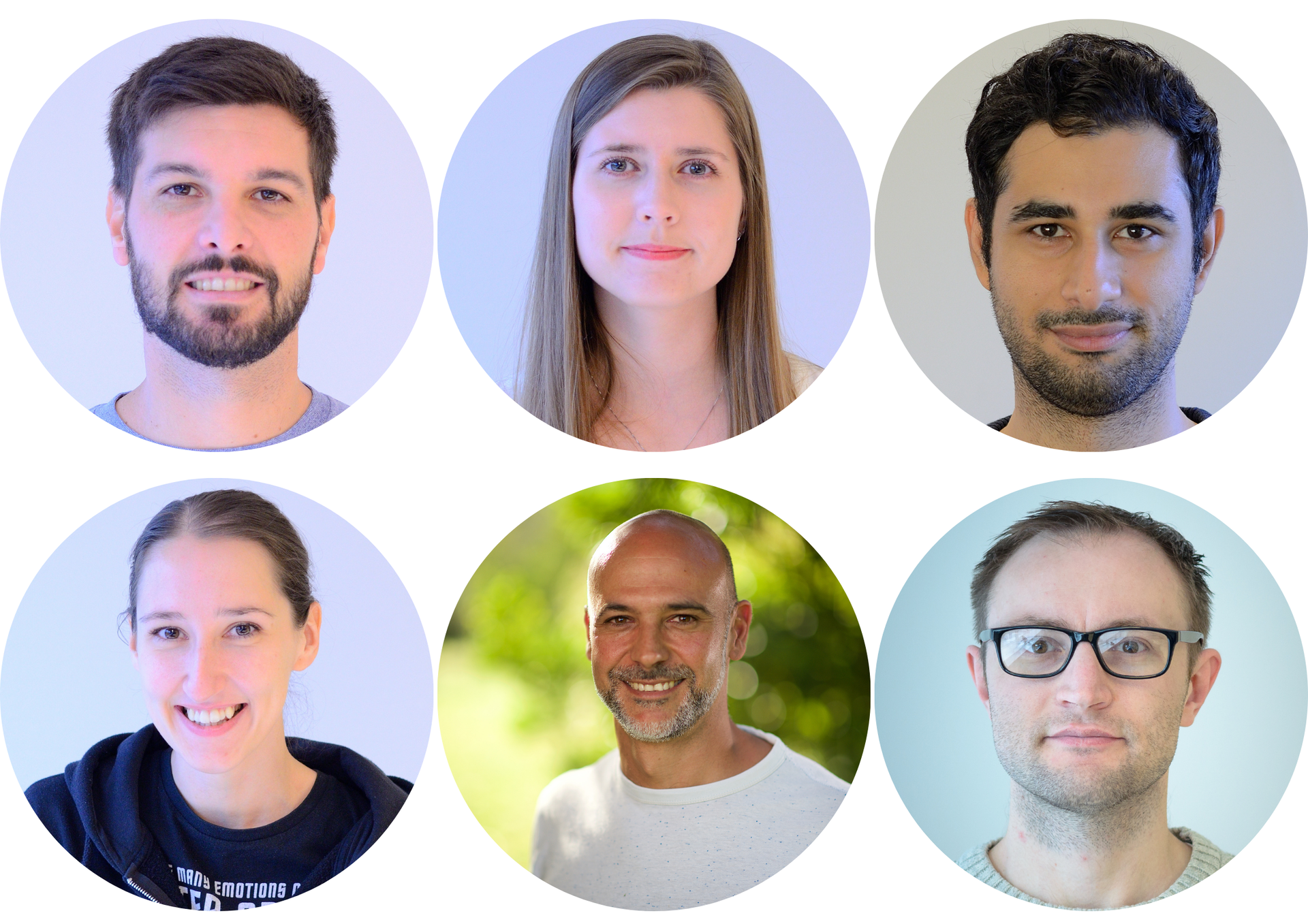During an early sneak-peek phase, called the Early Release Observations in November 2023, Euclid has turned its gaze on a variety of celestial wonders. The results from these initial observations are nothing short of astonishing and have just been detailed in a suite of ten eye-opening scientific papers.
– We are extremely excited about the ERO results, which show how good Euclid is. From just 24 hours of observations, we have gained an entirely new understanding of a variety of completely different astronomical objects. Especially, we see how good Euclid is for studying objects with very low surface brightness, says Professor Per Barth Lilje, head of the Institute of Theoretical Astrophysics and Norwegian representative on the international board of the Euclid Consortium.
The wonders of the Universe discovered with Euclid
Imagine stumbling upon planets that drift freely in the dark, untethered to any star, or discovering sparkling neighborhoods of globular clusters that are veritable treasure troves surrounding nearby galaxies. The researchers have also spotted elusive dwarf galaxies and dim, sprawling galaxies that stretch their faint tendrils across the night sky.
Some of the most revelatory findings involve the elusive substance, dark matter, and the ghostly glow of intracluster light in massive collections of galaxies. Moreover, the telescope has managed to peer deep into the Universe's history, capturing images of galaxies from when the cosmos was young — magnified by the natural lenses of gravity. Euclid produced this early catalogue in just a single day, revealing over 11 million objects in visible light and 5 million more in infrared light. This catalogue has resulted in significant new science.
– This shows that in addition to cosmological results which are Euclid's main goal (the first ones will be published in June 2026), Euclid will provide us with a tremendous amount of new knowledge about a variety of astronomical objects, perhaps especially about the evolution of galaxies, continues Lilje.
A stellar performance
Euclid's first scientific results also come with a seal of approval for its superb performance, with a series of reference papers confirming that this cosmic cartographer is in top-notch condition. Launched with great fanfare on July 1st, 2023, Euclid began its cosmological survey this past Valentine's Day, a love letter to the Universe from the astronomers who built it.

– The five reference articles are extremely important; they provide researchers with the understanding of the satellite, its instruments, and the simulations that have been done, which is necessary to be able to do science with the data, explains Lilje.
The Overview paper "Euclid. I. Overview of the Euclid mission" provides an overview of Euclid and its characteristics. It covers everything Euclid—from its ambitious goals and space-worthy hardware to the massive expanse of sky it will scrutinize over its six-year voyage.
– This main reference article has 1166 co-authors, all of whom (after certain criteria) have made a significant contribution to realizing Euclid. Of these, 9 are from the Institute of Theoretical Astrophysics, one from the Norwegian Space Agency, and one from Norwegian industry (Clara Venture Labs), Lilje adds.
This paper is a resource that will remain invaluable to scientists and laypeople alike, as Euclid continues to unravel the mysteries of dark energy and test the very foundations of our understanding of gravity.

An engineering marvel
Euclid's eyes—its instruments—are a marvel of engineering. The VIS, NISP and NISP Calibration papers describe Euclid’s instruments’ specifications. The VIS (for Visible) brings a powerful 609 Megapixel camera to the table, able to capture images in the visible spectrum with stunning clarity. On the other hand Euclid's Near-Infrared Spectrometer and Photometer (NISP), has a dual role: to image galaxies in infrared light and to measure the amount of light that galaxies emit at different wavelengths. This second role allows us to directly determine how far away each galaxy is.
Since 2008, researchers at the institute have participated in the development of Euclid, and especially in the development of the NISP instrument, described in detail in the overview article "Euclid. III. The NISP Instrument".
– Norway has been involved from the start in the development of this instrument, and significant mechanical parts of it have been developed and built by the Norwegian industrial firm Clara Venture Labs, Lilje confirms.
These instruments are Euclid's secret to mapping the vast cosmic web that stretches across the eons, a web that could finally reveal the true nature of dark energy.
Norwegian scientists in action

And before even a single star was observed, Euclid's researchers were preparing with the largest cosmological simulation ever undertaken. The SIM paper introduces this virtual Universe—a catalog of billions of galaxies that has been an essential proving ground to make sure the real mission proceeds without a hitch.
– Section 6.1 describes the Flagship Simulation, which also has a dedicated article (1) describing the extremely large cosmological simulation that is used to test, among other things, methods for analyzing data from Euclid. At ITA, the researcher Ismael Santiago Ferrero has participated in the development of synthetic catalogues of realistic "galaxies" that are integrated into the simulations, Lilje adds.
Sections 7 and 8 describe the methods that will be used to test cosmology with data from Euclid.
– The most significant Norwegian scientific contribution has been made here, particularly in what is discussed in Section 8.3 "Beyond LCDM models", Lilje anticipates.
Hans Arnold Winther, associate professor at ITA, has been involved in the Science Cases of the Euclid mission. In particular:
– Farbod Hassani, David Mota, and myself have been working on making forecasts for how well Euclid will perform, running simulations to understand what these models predict, and generally preparing ourselves so we are ready to use Euclid data to test the standard model LCDM and Einstein's theory of gravitation when the data come in, Winther explains.
– Farbod Hassani and Renate Mauland-Hus have also worked on modeling massive neutrinos, which will be important for Euclid, he adds briefly.
– Together with the PhD student Slađana Radinović, we have worked a lot with Galaxy Clustering. How we can use new methods, other than the so-called “Baryon Acoustic Oscillations” that we usually look at, to extract information from the galaxy field and learn more about dark energy. Slađana made forecasts for what we can learn from studying large cosmic voids in the galaxy field - voids that Euclid will observe, Winther concludes.

Bringing the data into shape outside of the Euclid data pipeline was no small feat.
The Project Related IT Services (PRITS) group has contributed to the development of the data processing pipeline.
– In order to reach the scientific goals set out for Euclid, the quality of the data is extremely important, senior engineer Stein Vidar Hagfors Haugan explains.
The PRITS group has designed a key part of the quality assurance process, which may be used to adress "any quality issue we have not yet thought of".
– This will allow data quality issues to be addressed much earlier than would otherwise be possible, Haugan concludes.
Euclid is more than a mission; it's a promise of discovery, offering a fresh glimpse into our cosmic origins and the dark mysteries that bind the Universe together. Stay tuned to the stars; the journey is just beginning.
More info
- Press Release: First science results and exclusive ERO data
-
ESA's Euclid celebrates first science with sparkling cosmic views
Euclid reference papers (link to arXiv):
- Euclid. I. Overview of the Euclid mission, Euclid Collaboration: Mellier et al.
- Euclid. II. The VIS Instrument, Euclid Collaboration: Cropper et al.
- Euclid. III. The NISP Instrument, Euclid Collaboration: Jahnke et al.
- Euclid. IV. The NISP calibration unit, Euclid Collaboration: Hormuth et al.
- (1) Euclid. V. The Flagship galaxy mock catalogue: a comprehensive simulation for the Euclid mission, Euclid Collaboration: Castander et al.
Euclid Early Release Observation science papers (link to arXiv):
- Euclid: Early Release Observations – Programme overview and pipeline for compact- and diffuse-emission photometry, Cuillandre et al.
- Euclid: Early Release Observations – A glance at free-floating new-born planets in the σ Orionis cluster, Martin et al.
- Euclid: Early Release Observations – Unveiling the morphology of two Milky Way globular clusters out to their periphery, Massari et al.
- Euclid: Early Release Observations – Deep anatomy of nearby galaxies, Hunt et al.
- Euclid: Early Release Observations – Globular clusters in the Fornax galaxy cluster, from dwarf galaxies to the intracluster field, Saifollahi et al.
- Euclid: Early Release Observations – Overview of the Perseus cluster and analysis of its luminosity & stellar mass functions, Cuillandre et al.
- Euclid: Early Release Observations – Dwarf galaxies in the Perseus galaxy cluster, Marleau et al.
- Euclid: Early Release Observations – The intracluster light and intracluster globular clusters of the Perseus cluster, Kluge et al.
- Euclid: Early Release Observations – A preview of the Euclid era through a magnifying lens, Atek et al.
- Euclid: Early Release Observations – NISP-only sources and the search for luminous z = 6 – 8 galaxies, Weaver et al.






